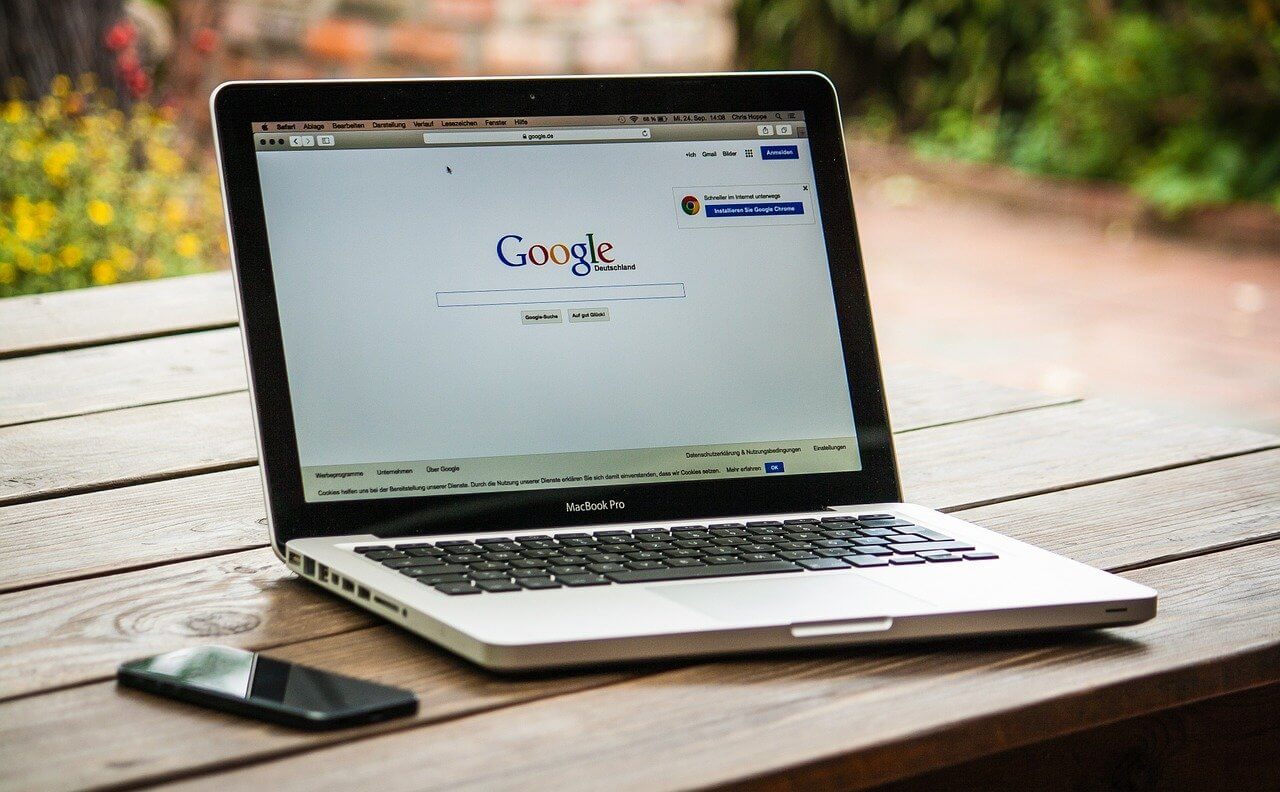Fuchsia operating system is designed to work with a variety of devices, including smartphones, laptops, and smart home gadgets. Fuchsia has its own graphical interface written in the Dart language using the Flutter framework. Unlike Android and Chrome OS, which are based on the Linux kernel, Fuchsia is based on a new kernel called Zircon. The conventional operating system kernel differs greatly from microkernel, but one thing that is the most important in both is that microkernels are built from the ground, which works perfectly fine for efficiency and flexibility. At a time when we have moved to smaller, more efficient, and more portable hardware, it’s important that a micro-kernel should be brought into use and it makes the Fuchsia as an ideal fit for the next-generation operating system.
It is already known that Fuchsia OS has full support for all currently existing programs and games for Android, so the creators of these do not even have to adapt their software to the latest development of the American Corporation. New applications for this OS can already be created through the Flutter SDK. Google Fuchsia OS is positioned as a replacement for Android, Chrome OS and other operating systems. One thing that Google will try to put in place with its new operating system is that it will take complete control over of the open-source OS platform, even if its partner companies distribute it.
Representatives of the developer community are sure that Google Fuchsia OS has been under internal testing for a long time. It is worth remembering that back in 2018, Google demonstrated the basic form of the system with a graphical user interface at a secret private event. According to the publication, the final stable version of Fuchsia OS will be released in the first half of 2021, when everyone can use it.
What makes it important?
1.Interface
The first thing that catches your eye is the large — scale Material Design. The Fuchsia GUI is displayed using its own physically correct (physically based) Escher renderer. Windows, notifications, buttons, and so on are neatly arranged on the screen, which gives depth to the view. The Wallpaper no longer looks like a flat image that is hidden behind apps, but more like a view from the nearest window.
At the moment, Fuchsia offers two types: a new mobile-oriented design under the name Armadillo and a more familiar one for the desktop Capybara. Armadillo is moving away from the usual model of icons and menus with apps in the direction of a combination of recent apps, quick settings and your Google Feed. Capybara is still in an incomplete state: only the taskbar is available, where you can see the time, a placeholder for quick settings, and something similar to a start button.
2.Assistant Friendly
From the very beginning, it seems that Fuchsia was created for integration with Google Assistant. Every element on the screen, everything you do, and everything you can do is seen by Google Assistant. At least, based on current information about Fuchsia.
When you hold down the Home button, the Android assistant can check the screen for information that it can use, but it looks like Fuchsia will go even further. For example, you can search for restaurant reviews in the browser, then open the calendar to check the date, and then say: “Okay, Google, schedule a meeting,” and the assistant will take into account your previous actions. The assistant will have access to all “entities”, whether they are a person, place, object, event, or concept presented within the Fuchsia platform. Notably, the developers added access to entities from the past. The assistant will be able to interact with entities in the current context or with those that it has seen previously.
3. Cross-device OS
In today’s technological world, most people have several devices: a smartphone, tablet, laptop, and others. Based on the current state of Fuchsia, Google wants it tUsually, the problem is maintaining progress and context. This is where Ledger comes to the rescue: after you log in to your Google account, all apps automatically save their state on all devices. Google describes Ledger as a “distributed storage system for Fuchsia” — everything is stored in the cloud.o work organically on all these devices.
Even if you forgot to save the document or your battery went dead during a project, just log in from any other device and continue working where you left off.
Overall, Fuchsia is Google’s attempt to get the best of Chrome and Android into a single operating system that’s more efficient both while you’re using it and when you’re away – not to mention in between those states or between devices.



